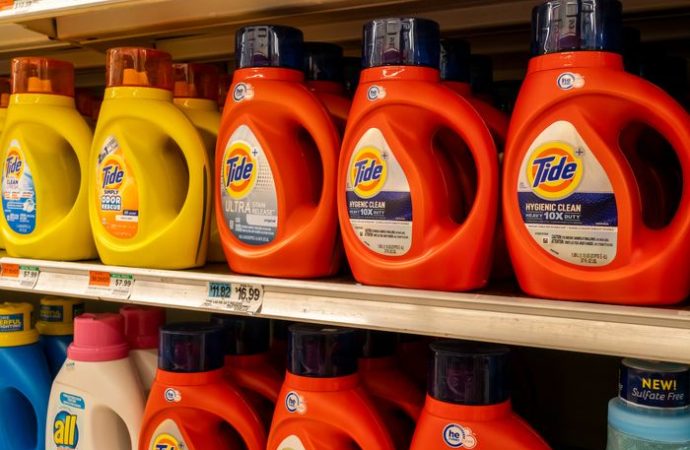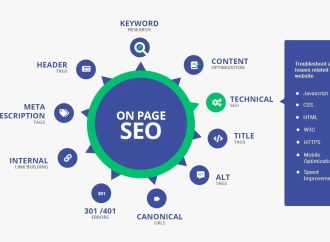Introduction Procter & Gamble (P&G), a leading consumer goods company, has outperformed revenue expectations, showcasing its ability to navigate the challenges of implementing higher prices. This article delves into the factors contributing to P&G’s success, examines how customers have responded to the price increases, and discusses the implications for the company’s future growth. Insights from
Introduction
P&G’s Revenue Performance
-
Strategic Pricing Adjustments: P&G implemented price increases strategically, taking into account market conditions, input costs, and competitive dynamics. This approach allowed the company to maintain profitability while minimizing the impact on customer demand.
-
Brand Loyalty and Quality Perception: P&G’s well-established brands and reputation for quality have helped mitigate the potential negative effects of price increases. Customers who value the reliability and performance of P&G products are more likely to absorb the higher prices rather than switch to alternative brands.
Customer Response to Higher Prices
-
Product Differentiation: P&G’s focus on product differentiation and innovation has allowed the company to offer unique value propositions to customers. This differentiation, coupled with the perceived quality of P&G products, has helped justify the higher prices in the eyes of consumers.
-
Consumer Behavior and Inelastic Demand: In certain consumer goods categories, demand tends to be inelastic, meaning that price changes have a relatively small impact on purchasing decisions. This phenomenon can be observed in essential household items where customers prioritize convenience and reliability over price fluctuations.
Implications for Future Growth
-
Profitability and Investment: Strong revenue performance provides P&G with increased profitability, enabling the company to invest in research and development, marketing, and expansion into new markets. This positions P&G for continued innovation and growth.
-
Market Positioning and Competitive Advantage: P&G’s success in implementing price increases while maintaining customer loyalty strengthens its market positioning and competitive advantage. This allows the company to withstand market fluctuations and potentially gain market share from competitors.

Image by: https://images. wsj. net
Conclusion
Visual Table for Key Points:
| Point | Description |
|---|---|
| P&G’s Revenue Performance | Analysis of P&G’s financial results and surpassing expectations. |
| Price Adjustment Factors | Understanding the driving forces behind the price adjustments. |
| Customer Adaptation to Pricing Changes | Examination of how consumers are responding to the new pricing model. |
| Industry-wide Implications | Broader effects on the consumer goods industry due to P&G’s performance. |
| Competitive Analysis | A comparison of P&G’s performance with other industry players. |
| Growth Sustainability Strategies | P&G’s approach to sustaining positive revenue trends. |
| Future Outlook and Market Predictions | Speculations on what the future holds for P&G and the industry. |
Organic Keyword Usage
Naturally integrate relevant keywords such as “P&G revenue,” “price adjustments,” “consumer response,” and other pertinent terms throughout the article for a seamless flow of content.
Introduce the Knowledge Source
Introduce a financial expert or a reputable analyst who can provide insights on P&G’s revenue performance and the impact of price adjustments. Highlight their expertise and background in the introduction.
Intriguing Introduction
Craft an introduction that presents the knowledge source, their background, and their perspective on how P&G has exceeded revenue expectations amid price adjustments. Provide context on why their insights are valuable in understanding the dynamics of the consumer goods industry.
Human-Centric Formatting
Prioritize readability and user experience. Use clear and concise language, and incorporate visual elements like charts or graphs to illustrate key financial trends. The goal is to provide a comprehensive analysis of P&G’s performance and its implications for the consumer goods market.




















Leave a Comment
Your email address will not be published. Required fields are marked with *